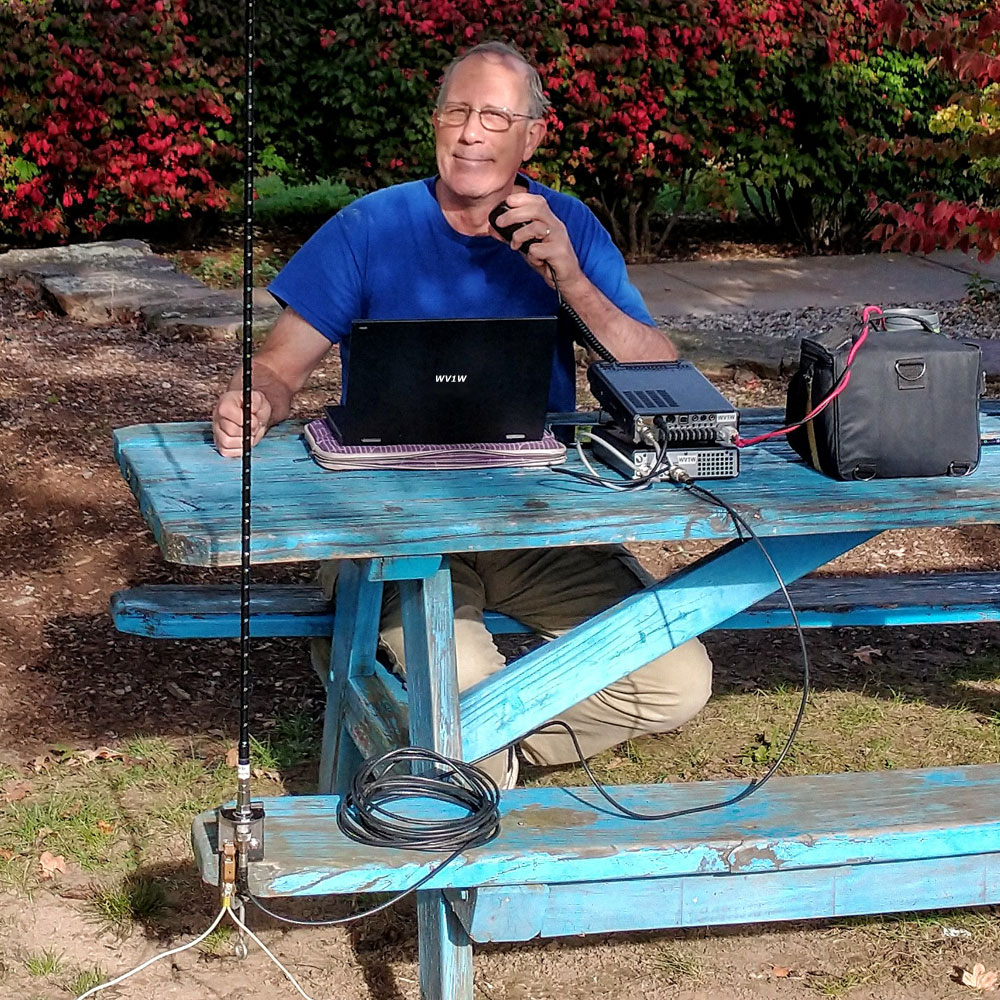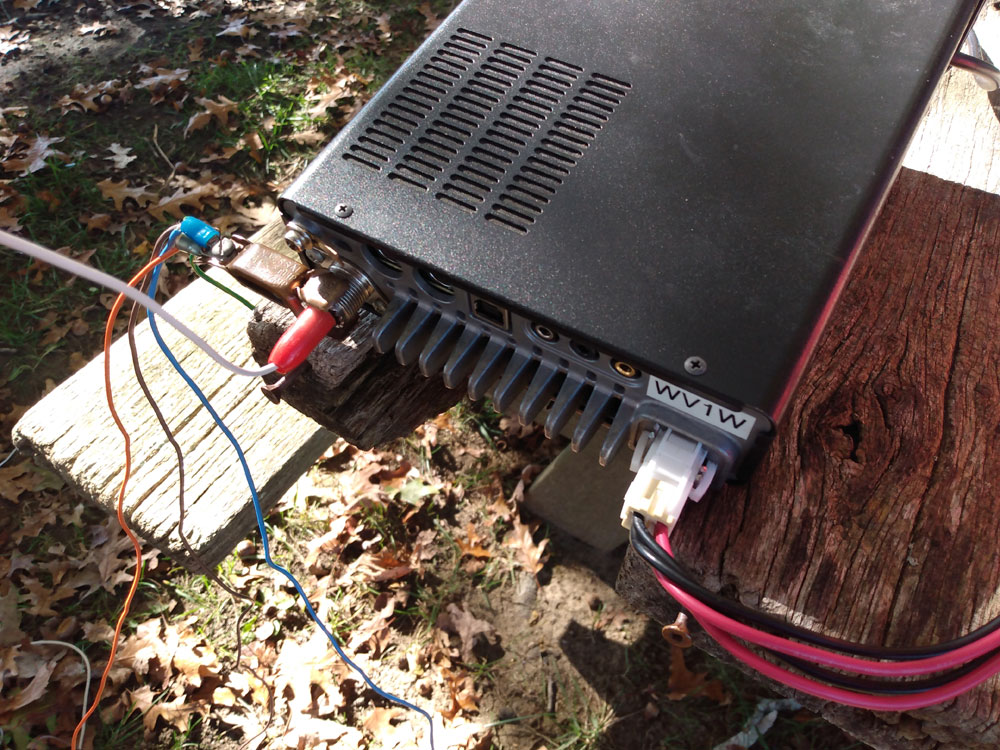The real story on coax: Doesn't matter, but the connectors do!
With an engineering degree, I understand the physics of electricity better than many operators. In fact, my physics teacher (Robert Resnick) is an international legend and co-authored the textbooks that most of the free world used.
That said, I am presenting unbiased information based on facts and over 50 years of experience with radio communications. I haven't gotten any "free stuff" from coax companies or dealers so have no financial reason to favor or discourage you from any particular product or brand.
If you're doing moonbounce, connecting a UHF antenna on top of a 50-foot tower, or running a KW at home, this article is not about you! It's about coax for portable operation and POTA activations in particular.
POTA, by its very nature, is rarely over 100 watts and often much less. It also doesn't involve long runs to a distant antenna. Furthermore, cables for portable operation aren't going to "age" from 24/7/365 exposure to the elements. This is the situation being discussed.
Anyone who says that the kind or brand of coax used for POTA matters doesn't understand cable loss. There are folks out there touting pricey M&P and LMR coax who should know better (or they're getting free stuff).

You might be able to tell from the photo above that my coax is CB-type RG-58A/U. It's not even the best RG-58 coax. Some even came from Radio Shack (Tandy) and is several decades old. Does it still work? I think 81,000 QSOs and 50 "Kilo" awards answers that question.
RG-58 is rated for 530 watts on HF to 6m. Loss at 10 MHz is 1.1 dB per 100 feet (a little less on 40m and a little more on 20m). Divide loss by 4 for 25 feet or by 2 for 50 feet = INSIGNIFICANT. >Datasheet<
In over 835 activations, I have never used more than 50 feet of coax for POTA. 25 feet is typical. The loss in 25 feet of RG-58 on 20m is 0.3 dB (0.2 dB on 40m). It takes 6 dB to make 1 S-unit, so we're talking about 5% of an S-unit. You could cut that to almost 0 with really good coax and it won't matter. Really!
>CLICK HERE< for a coax loss calculator and run the numbers yourself. Understand than any loss under 3 dB will be difficult if not impossible to see in either RX on your S meter or TX as reported by someone far away.
You can even use >RG-316< which has double the loss (.75 dB in 25 feet at 14 MHz) and it's fine for POTA if you want to save weight over RG-58U. Just remember the adapter if you're connecting a BNC cable to a rig with SO-239 antenna jack.
Many POTA nerds are using an end-fed half-wave antenna with a 49:1 transformer. That transformer is dividing their signal by 7! Yes, signals are measured in microvolts, and transformers divide voltages. So they're saving a fraction of a dB in their coax and loosing an S-unit or 3 dB in the transformer. If interested, you can read more on end-fed antennas >HERE<.
Enough about cable loss.
The only thing that matters in coax for POTA is connector reliability. If a connector comes off at a park it's pretty hard to fix unless you pack a crimping tool or soldering iron. That's why I recommend you have a pair of 25-foot cables with a double-female connector instead of a single 50-foot cable. 2-is-1 and 1-is-none so pack a spare!
This is one of the reasons I often use RCA connectors for POTA. If I trip over the coax or wind blows my antenna over, the plug will usually pull out with no damage. If that had been a BNC or PL-259 it might have come off. There's a PL-259-to-RCA adapter at the bottom of my antenna and an RCA plug on the coax in the photo above. The other reason (in case you wondered): RCA plugs are much easier to install than PL-259 or BNC and they don't require any special tools.
My insurance policy is a pair of alligator clips (with a screw). If a connector does come off or fail in a park, I can remove it and attach clips using just a pocket knife and screwdriver. Yes, you can attach coax to the antenna with alligator clips and it works fine. You only need a connector for the radio end.
People sometime ask "What's the best coax and how much do I need for POTA?" My answer: NONE! Why? Saves weight, NO loss, and no connectors to break. Click the photo below for a close-up. YES, you can plug it into a tuner the same way if needed.

Linked Vertical antenna plugged directly into FT-891
with 4 radials clipped to outside of antenna jack
(resonant antenna = no tuner needed)
>Check out my Linked Vertical HERE< |